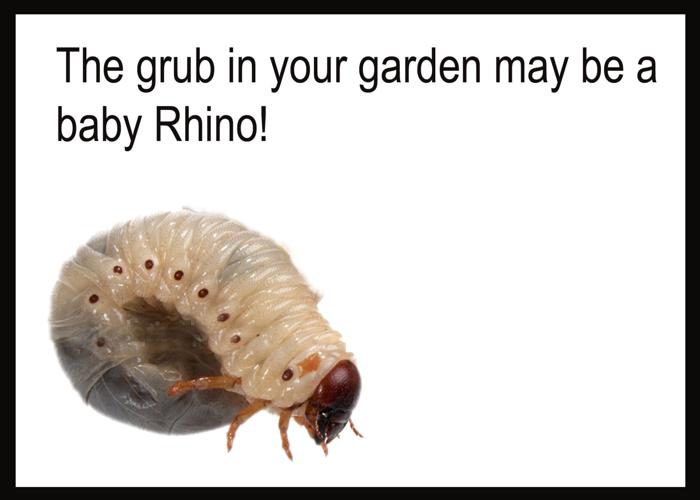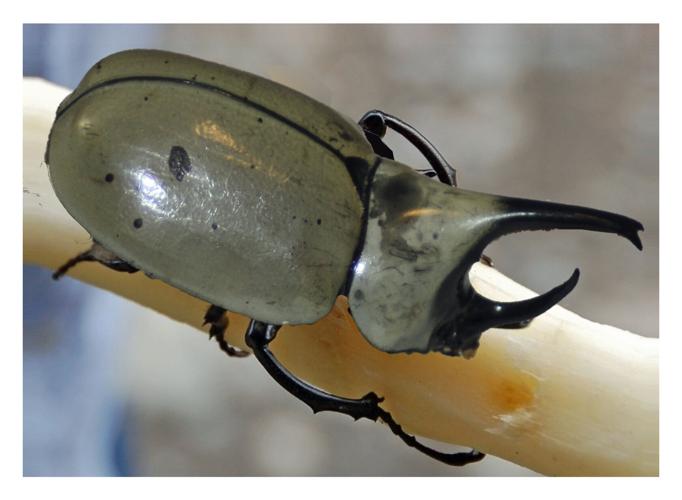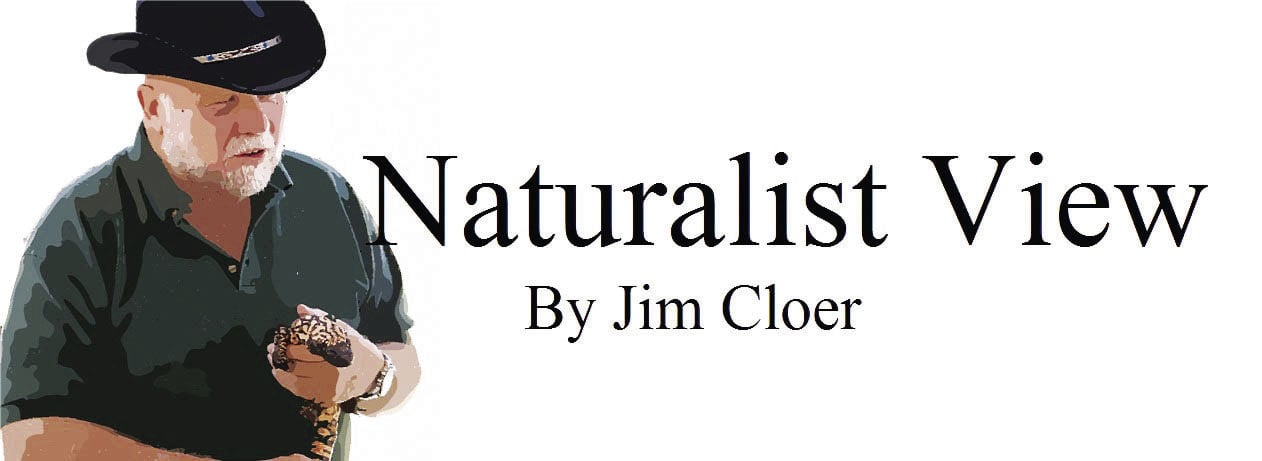Rhino in SaddleBrooke
Grant’s Rhinoceros Beetle (Dynastes grantii) is a species of rhinoceros beetle that lives in Arizona, Utah and in Mexico. It appears in August or September and grows to a size of 2.0 to 3.5 inches. Found at elevations between 3,000 and 6,000 feet. SaddleBrooke’s elevation is 3,200 feet.
Flight Mode
It is an impressive scarab beetle that emerges during the monsoon to feed and mate. They are heavily built with a bluish, gray color and black spots on their elytra (wing covers). Individual spot patterns are unique; no two beetles are exactly alike, at least I haven’t seen any yet! Males sport a pair of magnificent black horns from their head and thorax. The horns reach maximum size in major males; minor males have small horns and females lack horns altogether. Males use their horns to joust over food and females.
Larval nutrition determines whether a male develops into a major or minor adult. Higher quality food for the grubs such as decomposing organic matter results in making the major males. Adult rhinoceros beetles bury themselves underground during daytime. As strong fliers, they emerge in the evening and zoom up into the tender new growth in trees. With mouth parts much like a wood plane, the beetles scrap off strips of the soft, thin bark to drink the carbohydrate-rich sap that oozes from the wound.
Rhinoceros beetles are not at all dangerous. Some people keep them as pets, although some consider them ugly. When a rhinoceros beetle male wants to reproduce, he first has to acquire a feeding site (such as sap leaks on trees). These sites are very in-demand, and he will usually have to fight other males for them.
The females lay eggs in decaying vegetable matter. When the larva is grown, it makes itself a little hole in the ground. These grubs give off a scent that is very attractive to skunks and when you find your garden dug up it is usually skunks, raccoons or Javelina digging for the beetle grubs that are feeding on plant roots. The adults dig their way to the surface in a few weeks and spend their adult life looking for a mate.
As noted, they are harmless, so if you see one let me know and I will give it a home in our Nature Program.






